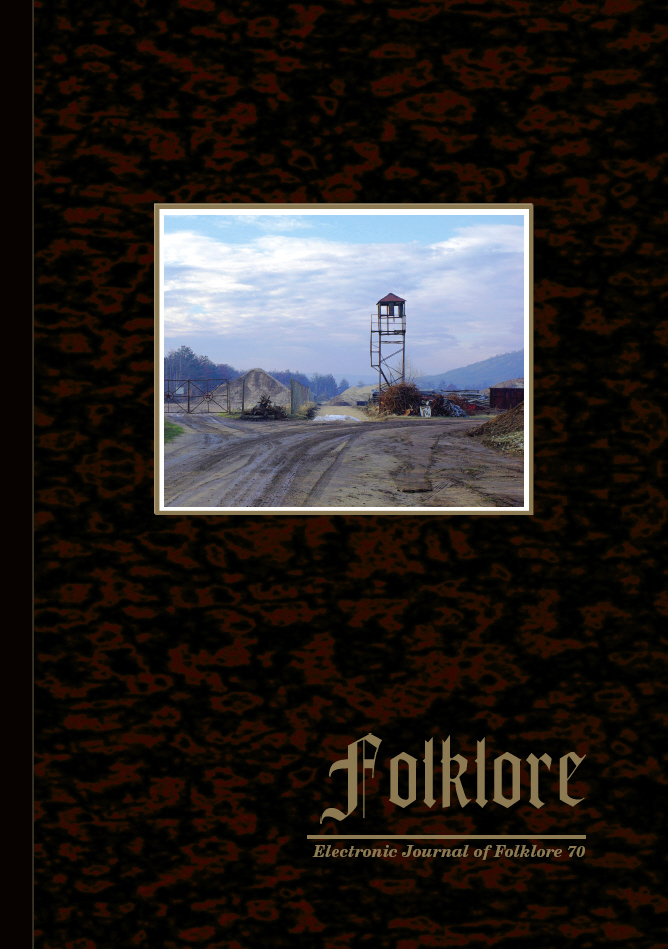From the Borderland of the Iron Curtain to European and World Cultural Heritage
From the Borderland of the Iron Curtain to European and World Cultural Heritage
Author(s): Melinda Harlov-CsortánSubject(s): Customs / Folklore, Cultural Anthropology / Ethnology, Culture and social structure
Published by: Eesti Kirjandusmuuseum
Keywords: cultural landscape; Hungary; heritagisation; Iron Curtain; memory; post-Cold War; tourism
Summary/Abstract: Due to its location at the edge of the Iron Curtain, a constant military presence existed between today’s Hungary and Austria from 1949 to 1989. The northern section of this territory is today a transnational nature park and an economically prosperous area. Most of the information materials, either on site or in publications, cover in detail the end of the military presence and reveal much less about the actual events, failed missions, and negative consequences during that almost half-century. This paper investigates this transformation by focusing on image creation between 1989, when a split appeared in the Iron Curtain in the researched territory, and 2015, when this event received international acknowledgement and appraisal in the form of the European Heritage Label. The focus is on the territory of the north-western borderland of Hungary, which became a transnational world heritage cultural landscape in 2001. The article concentrates on the social engineering processes involved in emphasising certain memories and neglecting others during the heritagisation process.
Journal: Folklore: Electronic Journal of Folklore
- Issue Year: 2017
- Issue No: 70
- Page Range: 193-224
- Page Count: 32
- Language: English

